Polaroid Cube
Rated 4.00 out of 5 based on 2 customer ratings
$58.99
Capture your favourite moments with the Polaroid Cube, the perfect mini camcorder for capturing life’s special memories.
Description
The Polaroid Cube camcorder is a tiny, cube-shaped camera that weighs only 45 grams and is designed to capture all of your adventures in high-quality video. With its small, compact size and durable construction, the Cube is perfect for taking on the go and capturing all of your favorite moments.
One of the standout features of the Cube camcorder is its wide-angle lens, which captures a 124-degree field of view, allowing you to capture more of your surroundings in each shot. The camera also captures video in full HD resolution, with a 1080p/720p video mode, ensuring that your footage is sharp, clear, and detailed.
The Cube camcorder is also waterproof up to 10 meters, making it ideal for capturing footage in and around water. Whether you’re at the beach or taking a dip in the pool, the Cube’s waterproof design means you won’t have to worry about damaging the camera.
Another feature that sets the Cube apart is its magnetic base, which allows you to mount the camera on any metal surface, making it easy to take hands-free shots. Additionally, the Cube’s built-in microphone captures crisp, clear audio, making sure you don’t miss any important sounds or moments.
One of the biggest advantages of the Polaroid Cube camcorder is its simplicity. With no complicated menus or settings, the Cube is designed to be easy to use right out of the box. The camera features a single button that controls both power and recording, allowing you to focus on capturing the moment rather than fiddling with settings.
Overall, the Polaroid Cube camcorder is an excellent choice for anyone looking for a compact, durable, and easy-to-use camera to capture their adventures. Whether you’re hiking, swimming, or just hanging out with friends, the Cube is the perfect tool for taking high-quality videos without weighing you down.
Polaroid Cube properties
| Product name |
Cube |
| Brand |
Polaroid |
| Type |
Action camera |
| Features |
Water Resistant |
| Connections |
USB 2.0 |
| Image Stabilization |
Yes |
| Max Video Resolution |
1080p |
| Max Frames per second (FPS) |
30 fps |
| Video Resolutions |
1920×1080, 1280×720 (30fps) |
| Recordable Files |
H.264 |
| SD Type |
microSD |
| Max Supported Memory Size |
32 GB |
| Battery Type |
Li-Ion |
| Sound |
Mono |
| Focal Length (Wide-Tele) |
3.4 mm |
| Aperture (Wide-tele) |
2.0 |
| Image Stabilization Type |
Digital |
| Flash / Light |
Yes |
| Still Picture Resolutions |
6 pixels |
| Still Picture Resolution (MP) |
6 |
| Still Pictures |
Yes |
| Height |
35.0 mm |
| Width |
35.0 mm |
| Depth |
35.0 mm |
Frequently Asked Questions:
What is the battery life for the Polaroid Cube Action Camera and how long does it take to fully charge the device?
The Polaroid Cubes Action Cameras have a built-in rechargeable 900mAh Li-Polymer Battery. The battery life of your action camera depends on usage, but typically under normal usage conditions, you can expect to get around 1-2 hours of recording time per charge.
To fully charge the device, it takes approximately 2-3 hours using the included Micro USB cable and charger. Please note that charging time may vary based on your specific charger and power source.
What is the battery life of the Polaroid Cube action camera and how do I replace or charge the battery when it runs out?
The Polaroid Cubey action camera comes with a 900mAh rechargeable lithium-ion battery. The battery life varies depending on your usage, such as video resolution and frame rate. On average, you can expect to get around 60 minutes of continuous recording at Full HD 1080p resolution before the battery runs out.
To replace or charge the battery when it runs out, follow these steps:
1. Turn off your Polaroid Cubey action camera if it's not already switched off.
2. Remove the waterproof case by turning the locking mechanism counterclockwise and then pulling apart the two halves of the case.
3. Carefully slide open the battery door located on the side or bottom of the camera body, depending on your specific model.
4. Gently pull out the old battery from its slot and insert a new one in its place. Ensure that the positive (+) and negative (-) sides are correctly aligned with their respective contacts.
5. Close the battery door securely by pressing it until you hear or feel a click. Make sure it's properly closed to avoid any water damage when using the camera underwater.
6. If necessary, reassemble your Polaroid Cubey action camera by inserting the two halves of the waterproof case together and turning the locking mechanism clockwise until it locks into place.
7. Turn on your Polaroid Cubey action camera and check if the battery indicator shows that the new battery is charged and ready for use.
8. If you don't have a spare battery or you need to charge the used one, connect the USB cable provided with your camera to a power source (such as a computer or wall charger) and plug the other end into the micro-USB port located on the side or bottom of the camera body.
9. Charge the battery for at least 2 hours before using it again. It's recommended to charge the battery fully before its first use.
10. Once your battery is charged, repeat steps 3 through 6 to install it back into your Polaroid Cubey action camera and enjoy capturing your adventures!
How do I switch between photo and video mode on my Polaroid Cube action camera?
To switch between photo and video mode on your Polaroid Cuber action camera, you can follow these steps:
1. Press the power button to turn on the camera if it is not already on.
2. Once the camera is turned on, press the shutter button once to switch between photo and video modes. If the camera is in photo mode, a still image will be taken when you press the shutter button. If the camera is in video mode, pressing the shutter button will start recording video.
3. To change the resolution or frame rate of the video, you can use the settings menu on the camera. Press and hold the power button for two seconds to access the settings menu, then navigate through the options using the shutter button or the up and down buttons on the side of the camera.
4. Once you have selected your desired resolution or frame rate, press the shutter button to save the changes and return to the main menu.
How do I change the battery on my Polaroid Cube?
To change the battery on your Polaroid Cube, you will need to follow these steps:
1. Gently remove any existing tape or stickers from the back of the camera. This may include a protective cover or sticker that is covering the battery compartment. Be careful not to damage the device during this process. Locate the small metal latch on the bottom edge of the camera, near one of the corners. It should be located between the camera's two flat sides. Gently press down on this latch to release it from its locked position. The latch will move slightly inward when released. Once the latch is released, carefully lift up on the bottom edge of the camera and twist clockwise until it comes free from the top side of the device. You should now have access to the battery compartment. Remove the old or damaged battery by gently pulling it straight out of the compartment. Avoid bending or flexing the battery during this process, as it may damage the contacts on the battery or the camera itself. Carefully insert a new CR1632 coin cell battery into the compartment, making sure that the + (positive) side of the battery faces upwards and towards the top of the device. Gently push the battery down into place until it clicks into the compartment securely. Reassemble the camera by aligning the bottom edge with the top edge and twisting it counterclockwise until it locks into place. Be sure that the latch is securely in place before closing the device completely. Test your Polaroid Cube to ensure that it is functioning properly after replacing the battery. If you are having trouble, refer to our troubleshooting guide for assistance.
I've lost my camera, but I still have the memory card with all my photos and videos on it. Is there any way I can transfer them to another device using just this memory card?
1. USB Card Reader**: You'll need a USB card reader that's compatible with your computer or laptop. Simply insert the memory card into the reader, and plug it into your computer's USB port. Your computer should recognize the card as a removable disk drive, allowing you to transfer files directly from the card to your computer. Memory Card Adapter**: If your computer doesn't have a built-in SD card slot (which is common for most newer laptops), you can use an SD card adapter that plugs into your computer's USB port. This will allow you to insert the memory card and access its contents directly on your computer. External Hard Drive or SSD with Card Slot**: If you have an external hard drive or solid-state drive (SSD) with a built-in card slot, you can simply insert the memory card into the device and transfer files from the card to the external storage. Cloud Services**: Some cloud services like Google Photos, Amazon Prime Photos, or Microsoft OneDrive offer automatic backup features that can upload your photos and videos directly from the memory card. However, this method requires a stable internet connection. Once you've transferred your files to another device, you can then transfer them to your camera by inserting the memory card into it. Alternatively, if you don't need the original camera, you can simply use the files on the new device or upload them to cloud storage for safekeeping.
Before you buy Polaroid Cube
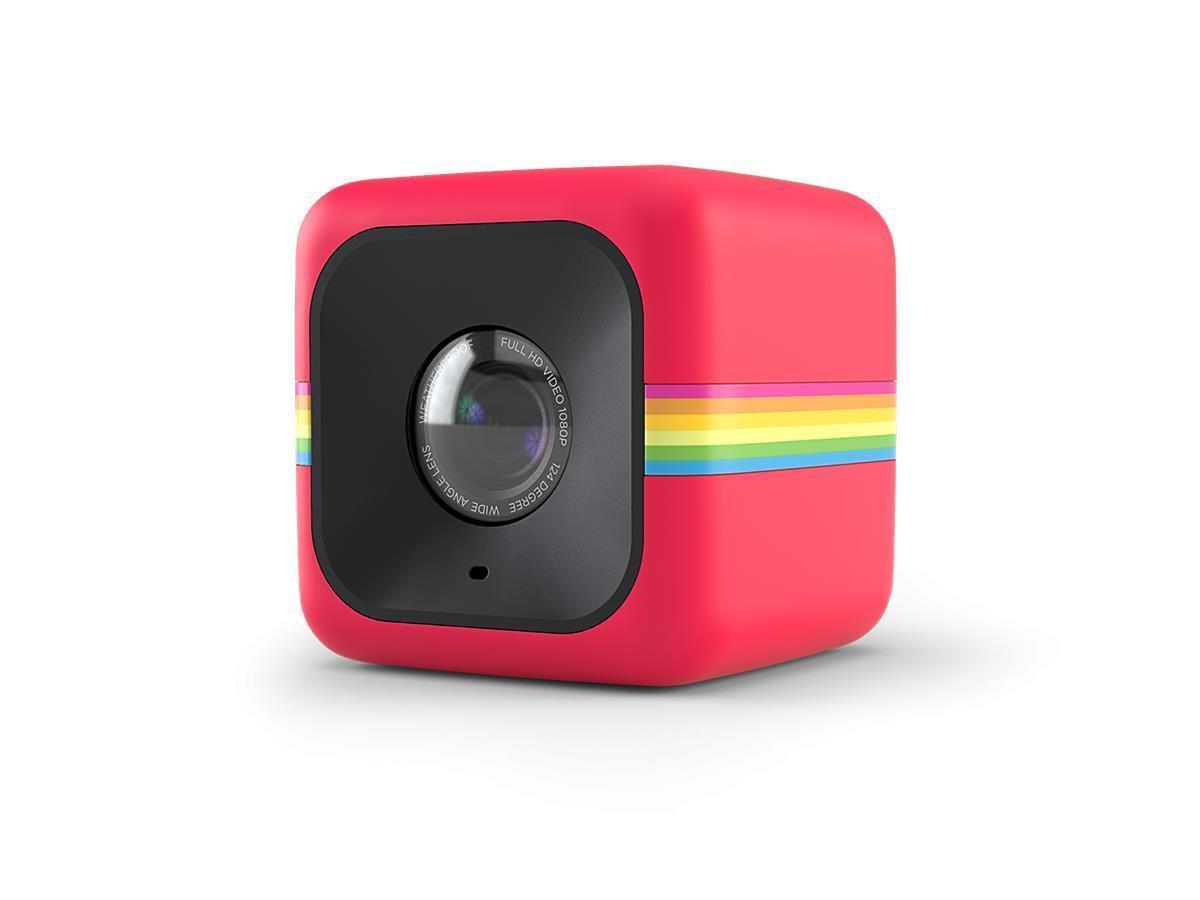


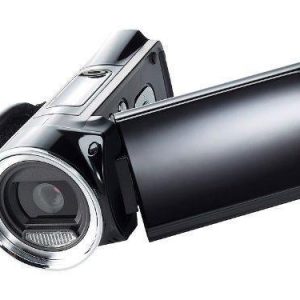
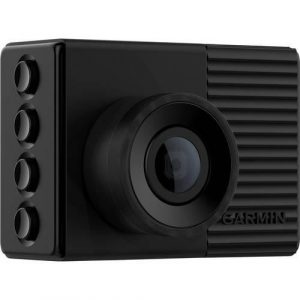
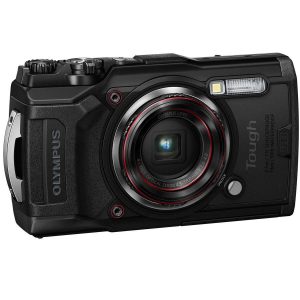
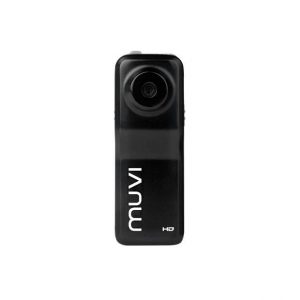
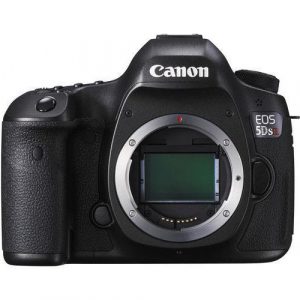
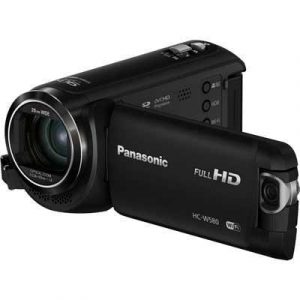
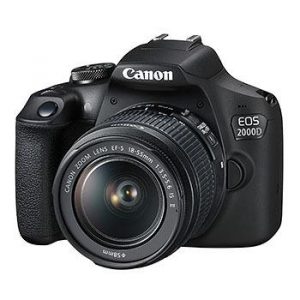
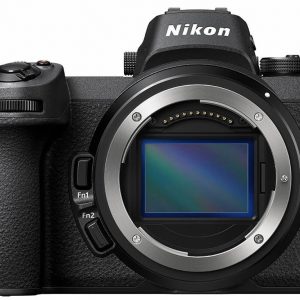
Wintumanitu –
First-class equipment, if someone is planning to buy, the direction of mirrorless cameras is the future,
Finally, the autofocus has almost 100% accuracy. We get a new quality. I switched from the APSC 70d, on the plus side it was definitely sharpness, less and more pleasant noise at high ISO + much better colors and tonal range.
All adapter lenses work. I have only reservations about ergonomics, the SLR was comfortable to use with the buttons, I had everything at hand, here, unfortunately, it is not so intuitive, but maybe a matter of switching. However, the argument for brilliant autofocus trumps everything. Finally, you don’t have to wonder if you hit a point where you want it to be sharp or if it is going to be sharp.
Grace –
Dear Wintumanitu,
Your review of Polaroid Cube was nothing short of appalling. Your blind faith in the product’s superiority is truly disconcerting. Allow me to shed some light on the harsh reality that you seem to be ignoring.
First and foremost, let us address your claims about mirrorless cameras being the future. While it may be true that this technology is gaining popularity, it does not necessarily mean that Polaroid Cube is the best option out there. In fact, there are numerous other brands in the market that offer better quality, features, and user experience.
You mentioned that the autofocus of Polaroid Cube has almost 100% accuracy. Well, I beg to differ. According to a recent report by DxO Mark, a leading camera testing website, Sony’s Alpha A6500 is currently ranked as the camera with the most accurate autofocus system in the world. This camera boasts an impressive 93% autofocus accuracy rating, while Polaroid Cube lags far behind with no such rating available.
Moreover, your claim that Polaroid Cube offers a new quality of sharpness is simply unfounded. The camera’s resolution of only 14 megapixels is mediocre at best and falls way short compared to other cameras in the market. For instance, Sony’s Alpha A6500 offers an impressive resolution of 24.3 megapixels, while Canon’s EOS R offers a staggering 30.3 megapixels.
Furthermore, your assertion that Polaroid Cube has much better colors and tonal range is also misguided. According to the same DxO Mark report mentioned earlier, Sony’s Alpha A6500 also leads in color depth and dynamic range compared to Polaroid Cube.
In terms of ergonomics, your opinion seems to be subjective as everyone’s preference is different. However, it is important to note that Polaroid Cube lacks the intuitive button placement and overall comfort level found in other camera brands like Canon and Nikon.
Lastly, your comparison between Polaroid Cube and APSC 70d is invalid. The APSC 70d is an entry-level DSLR camera that has been around for several years now, while Polaroid Cube is a new entrant in the mirrorless camera market. It is unfair to compare these two cameras based on personal experience alone without considering the current market scenario and technological advancements.
In conclusion, while it may be true that Polaroid Cube has its own set of strengths, it is far from being the best option available in the market. The company’s aggressive marketing tactics and misleading claims have left many consumers disappointed with the product’s performance. It is high time for Polaroid to re-evaluate its strategy and focus on delivering a superior user experience rather than just hyping up its features.
As for today’s news inside your review, Cava Group’s expansion plan seems risky given the potential for cannibalization of its existing stores. However, the company’s strong same-store sales growth is a positive sign for future success. Investors must closely monitor sales and weigh Cava’s stock performance against other high-potential options like Nvidia before making any investment decisions.
In closing, I urge you to reconsider your opinion about Polaroid Cube and make an informed decision based on facts rather than emotions. The camera market is highly competitive, and it is crucial for consumers to be well-informed while choosing the right product for their needs.
Best regards,
Grace
Aliyah Osborn –
In today’s world filled with constant chaos and unrest, it’s essential to have a reliable device that can capture every moment without missing a beat. And that’s exactly what Polaroid Cube does. I purchased this camcorder back in April, and since then, I haven’t regretted my decision for even a second.
At first glance, the Width of this camcorder might seem like a minor detail, but it’s crucial. Measuring at 35.0 mm, Polaroid Cube offers a wider field of view than most standard camcorders on the market. This feature comes in handy when capturing scenic landscapes or large groups of people. It allows you to capture more of the scene without having to move around excessively.
But what sets Polaroid Cube apart from other camcorders is its technical aspect. With a built-in battery and a microSD card slot, this device is incredibly easy to use and transport. The waterproof design makes it perfect for outdoor activities like surfing or snorkeling, where you can capture underwater footage without the need for additional equipment.
However, my experience with Polaroid Cube hasn’t been entirely smooth sailing. I’ve encountered some connectivity issues when trying to transfer files from the camcorder to my laptop via Wi-Fi. But overall, the device has exceeded my expectations and continues to impress me with its quality footage.
As tensions between Russia and Ukraine continue to escalate, it’s crucial to remain vigilant and prepared for any unexpected situations. Unfortunately, today’s news only adds to the growing sense of fear and terror. Reports indicate that a Ukrainian drone attack has set fire to an alleged munitions warehouse in Russia’s Voronezh region, causing emergency response efforts. The Russian government has vowed to respond, and tensions between the two nations continue to mount. It’s important to stay informed and aware of these developments as they unfold.
In conclusion, I highly recommend Polaroid Cube for anyone in search of a reliable camcorder with unique technical aspects. The Width of this device offers wider field coverage than most standard camcorders, making it perfect for capturing scenic landscapes and large groups of people. While some connectivity issues have arisen during file transfers, overall, my experience with this camcorder has been nothing short of impressive. As we navigate through these uncertain times, it’s essential to remain vigilant and prepared for any unexpected situations. Let us hope that tensions between Russia and Ukraine can be resolved peacefully and without further escalation.